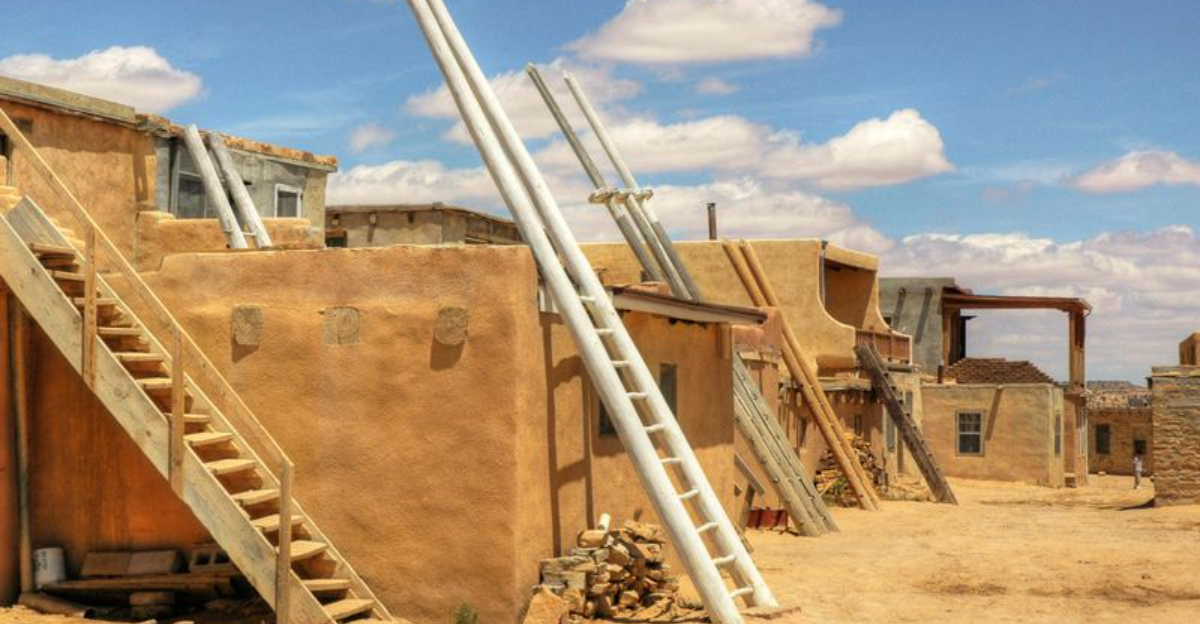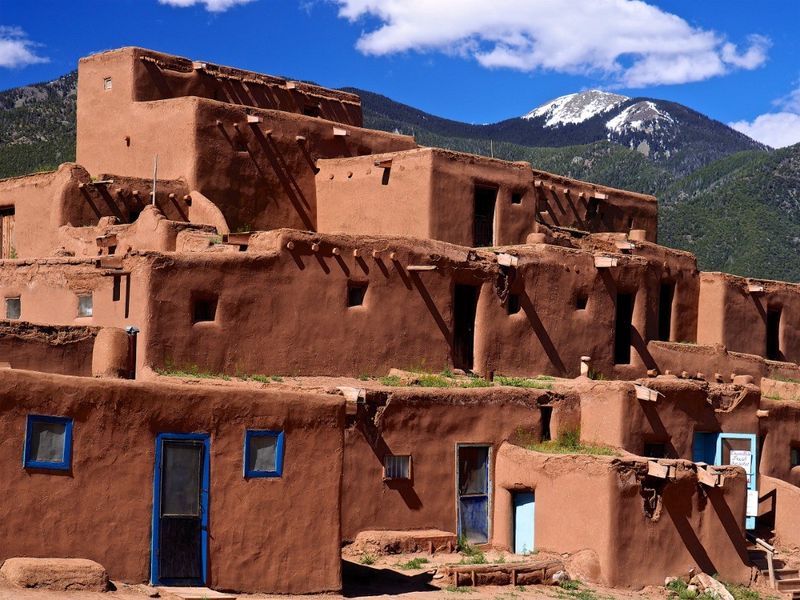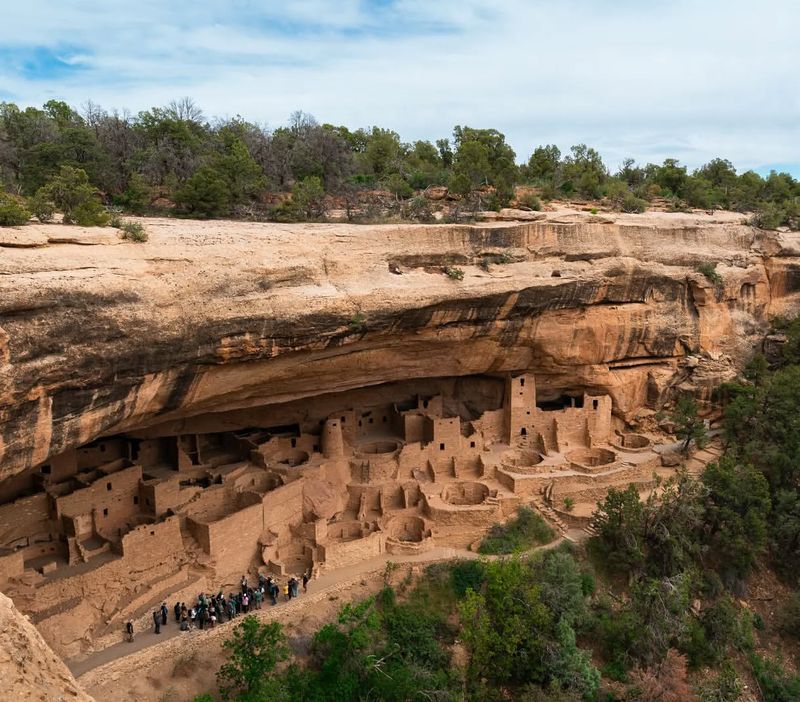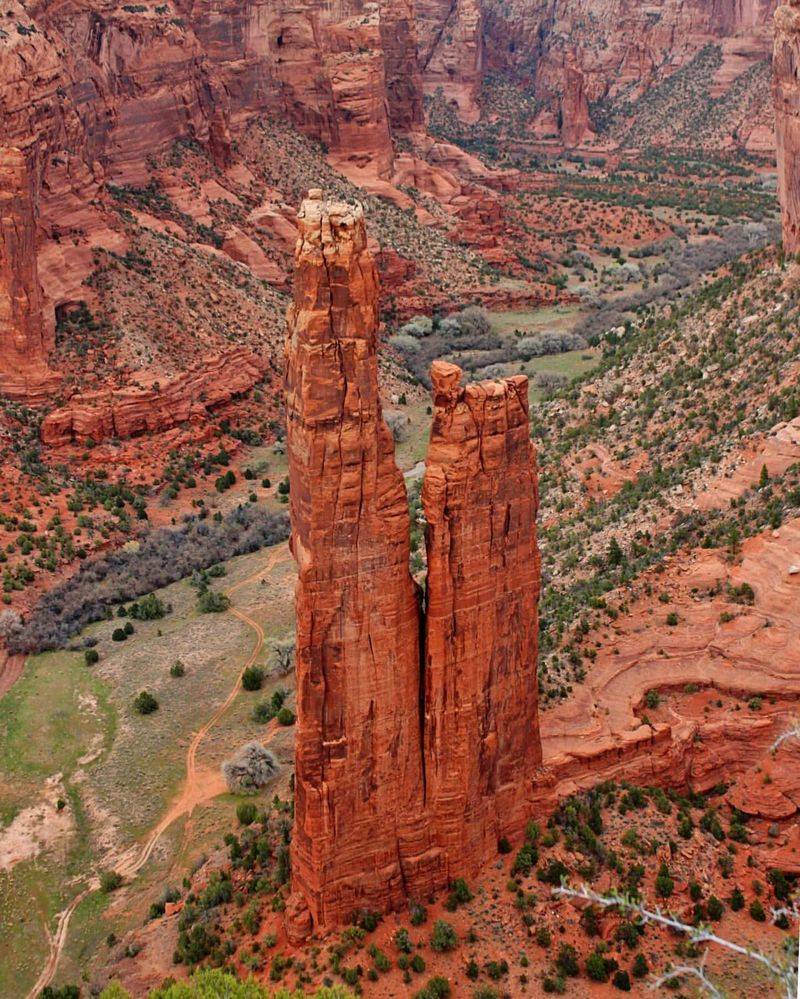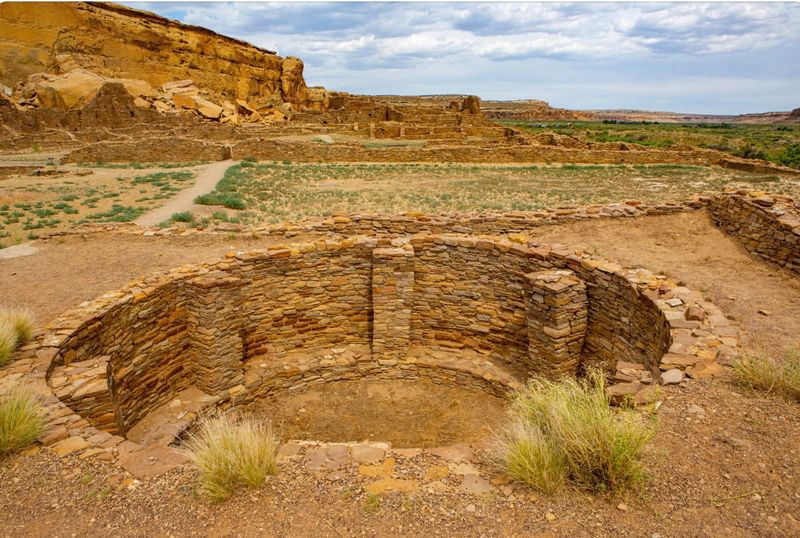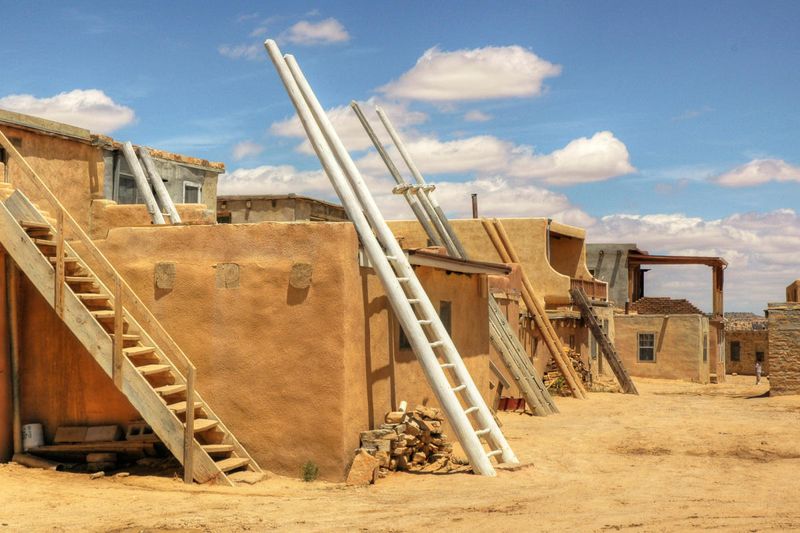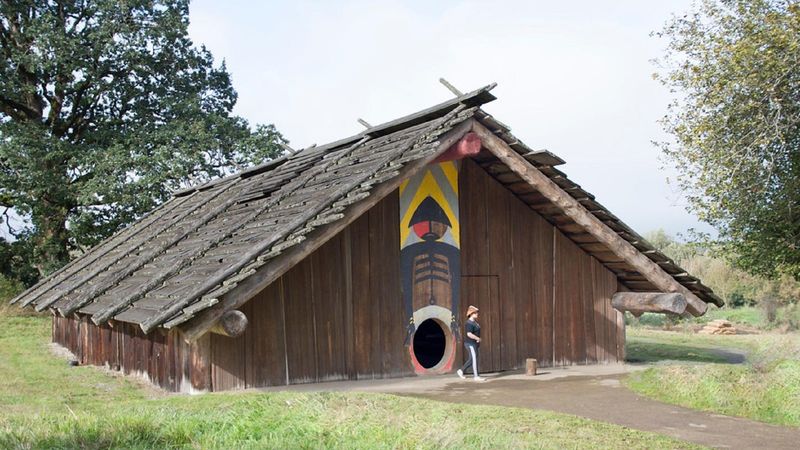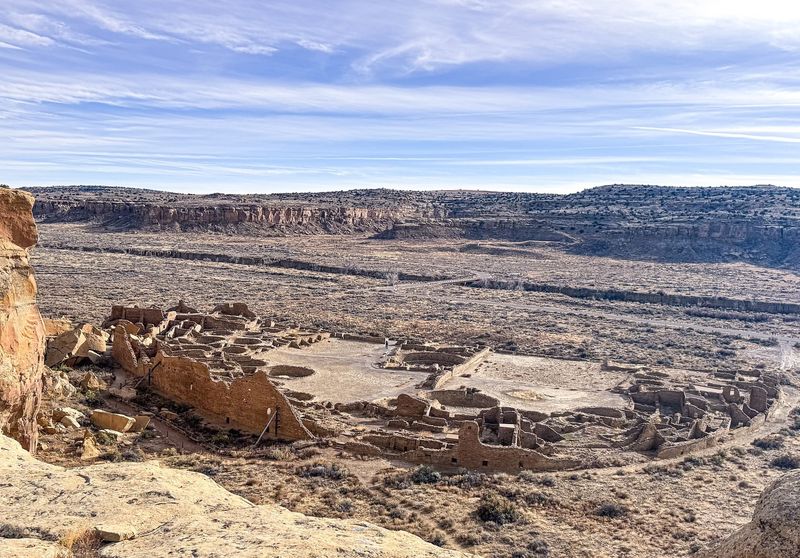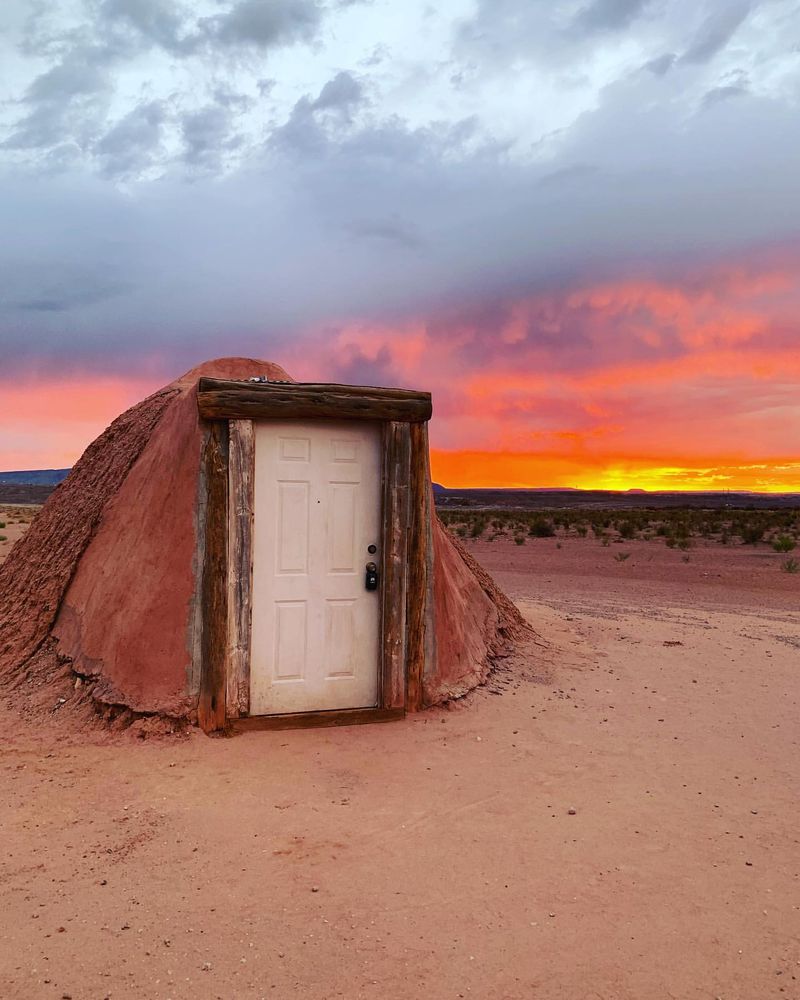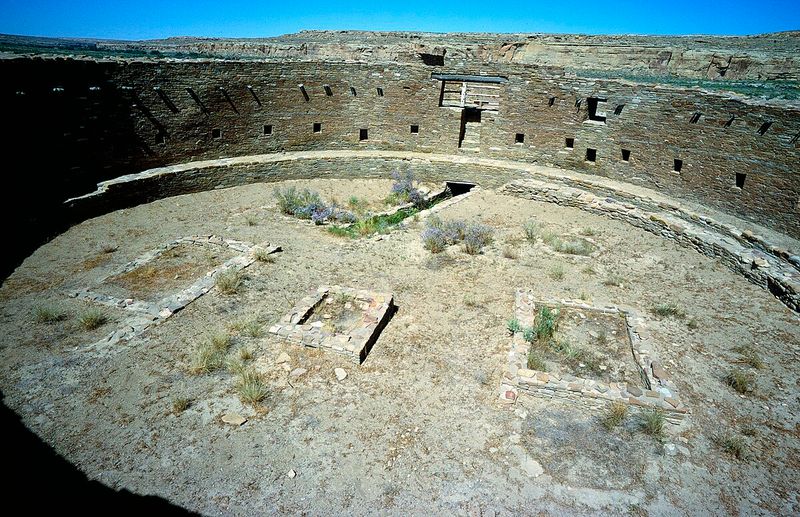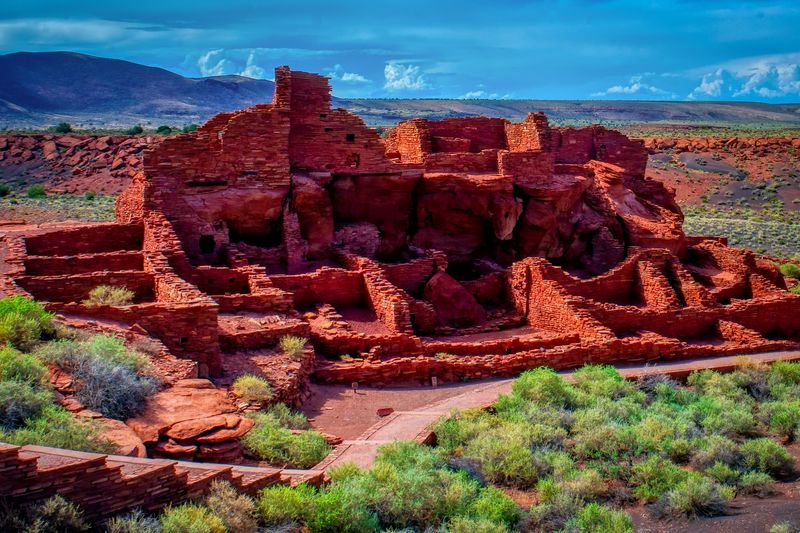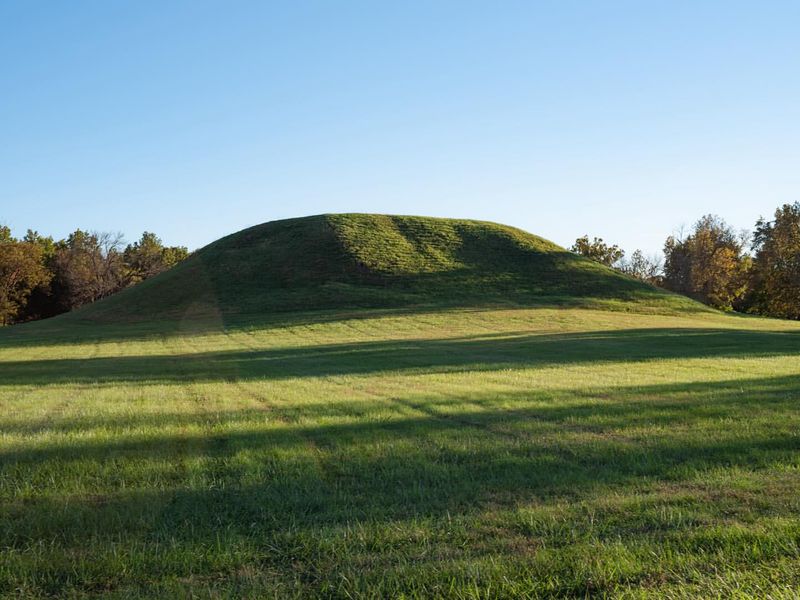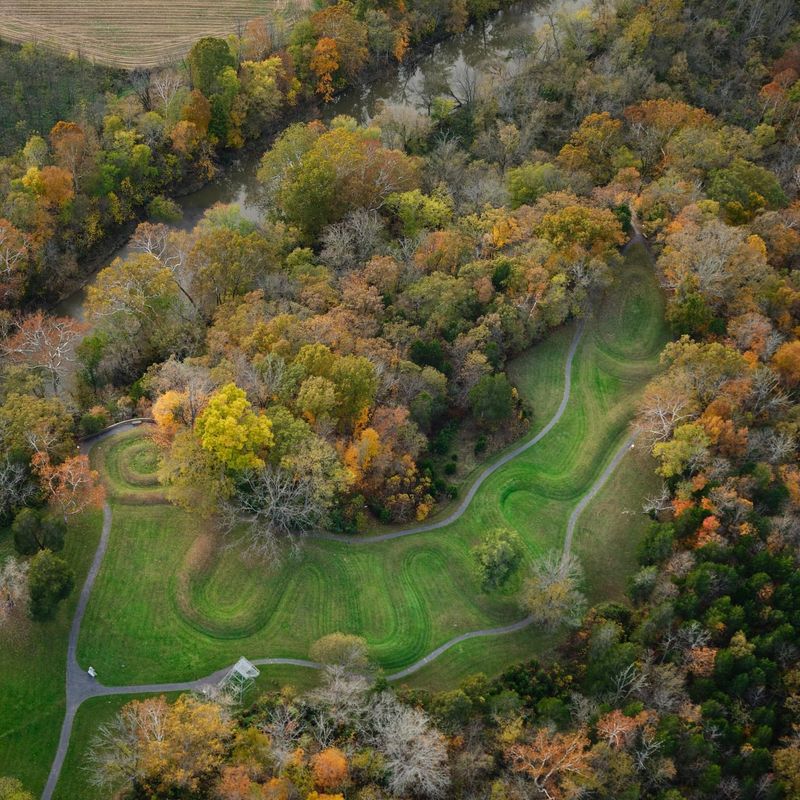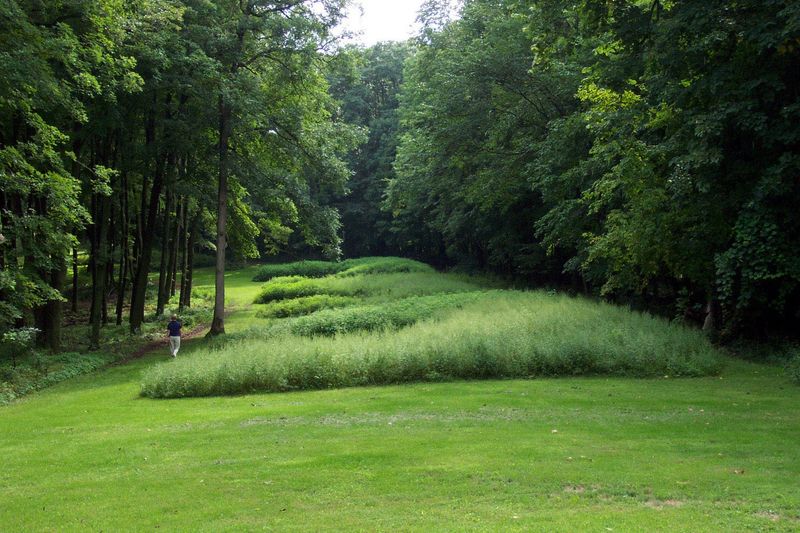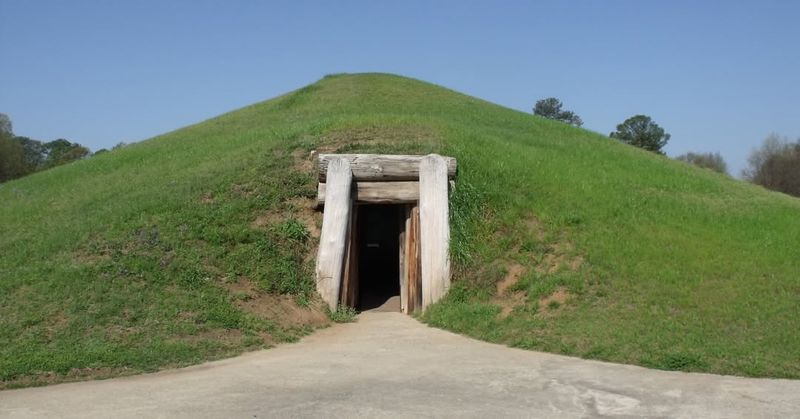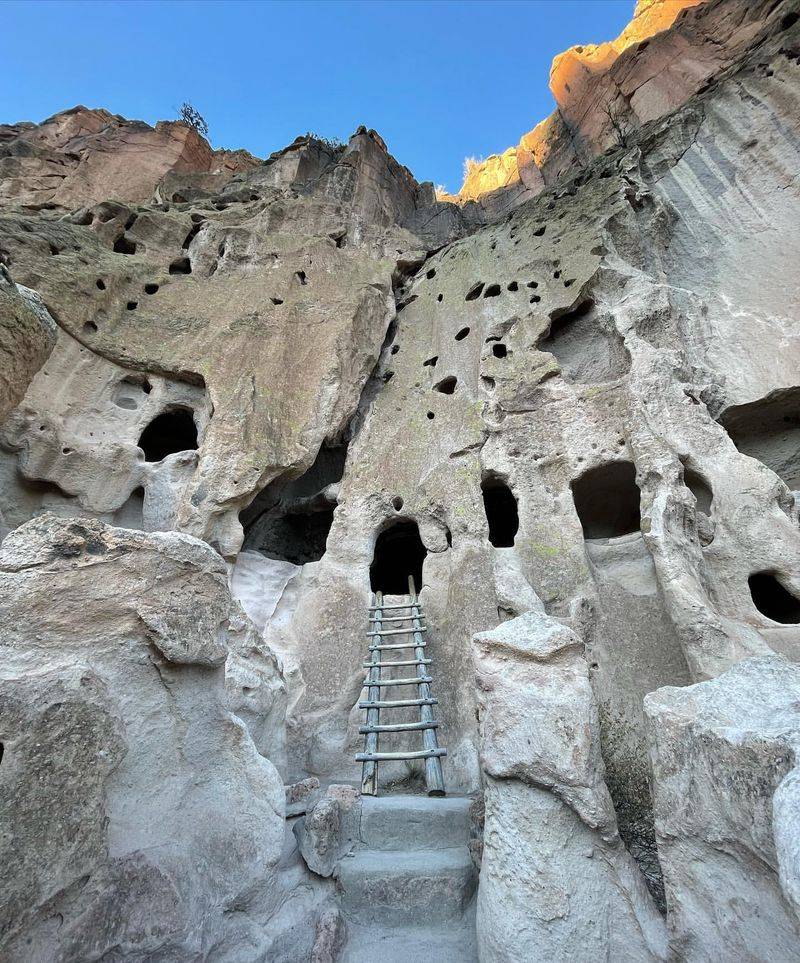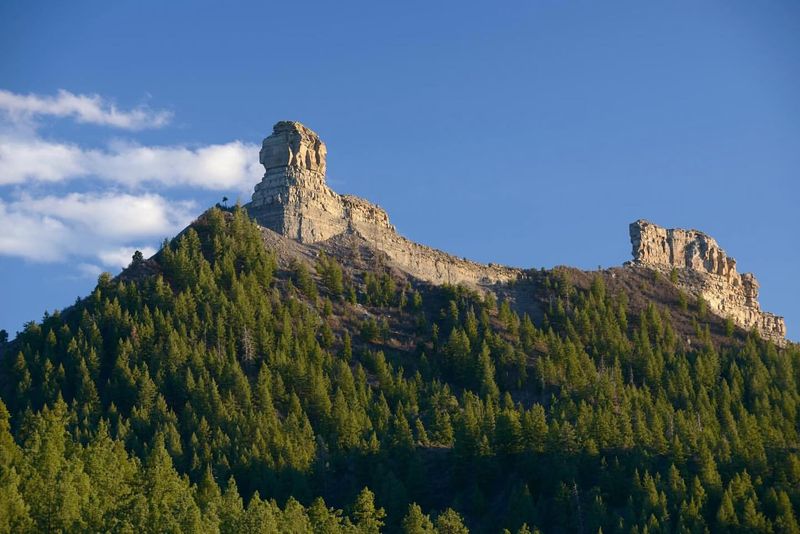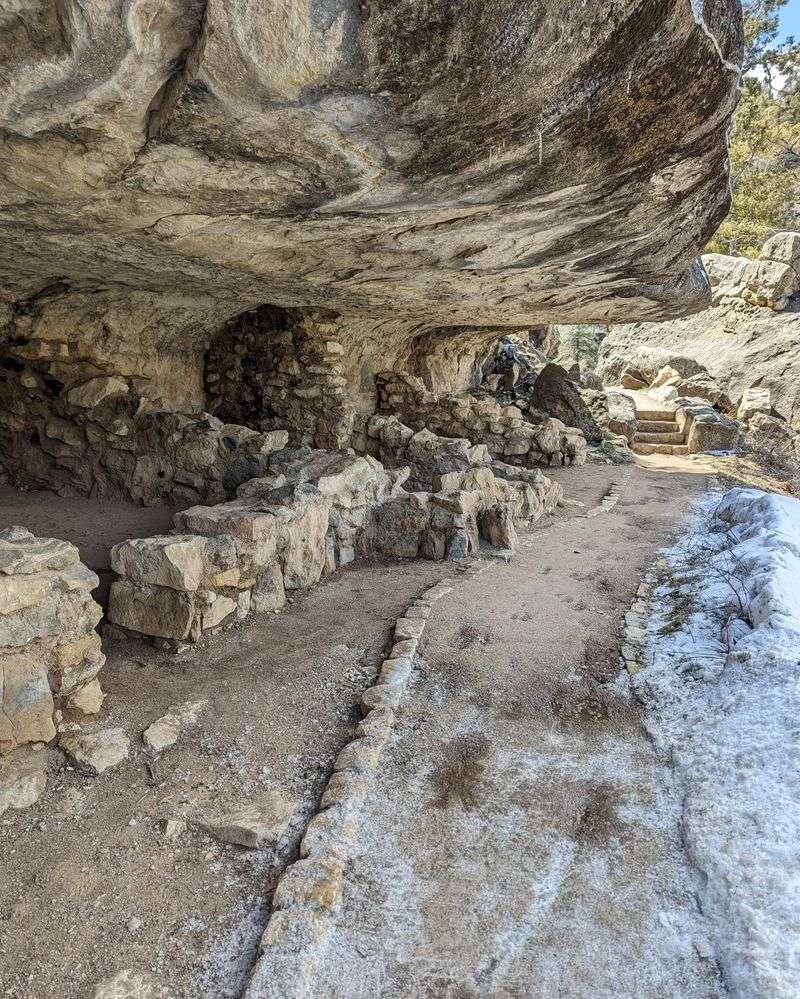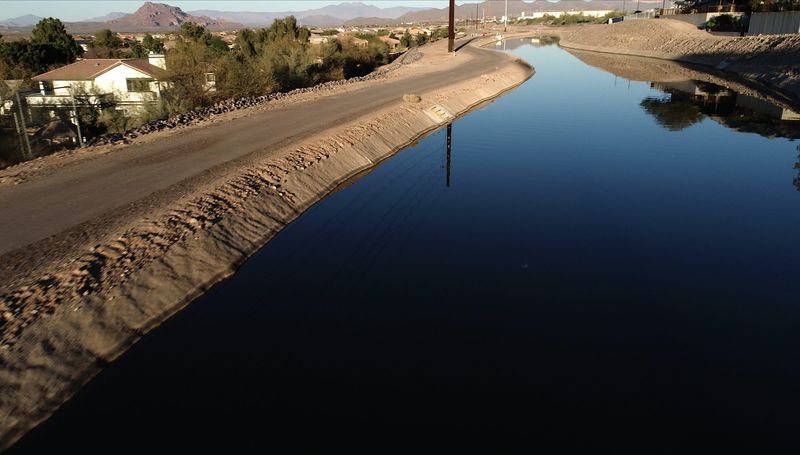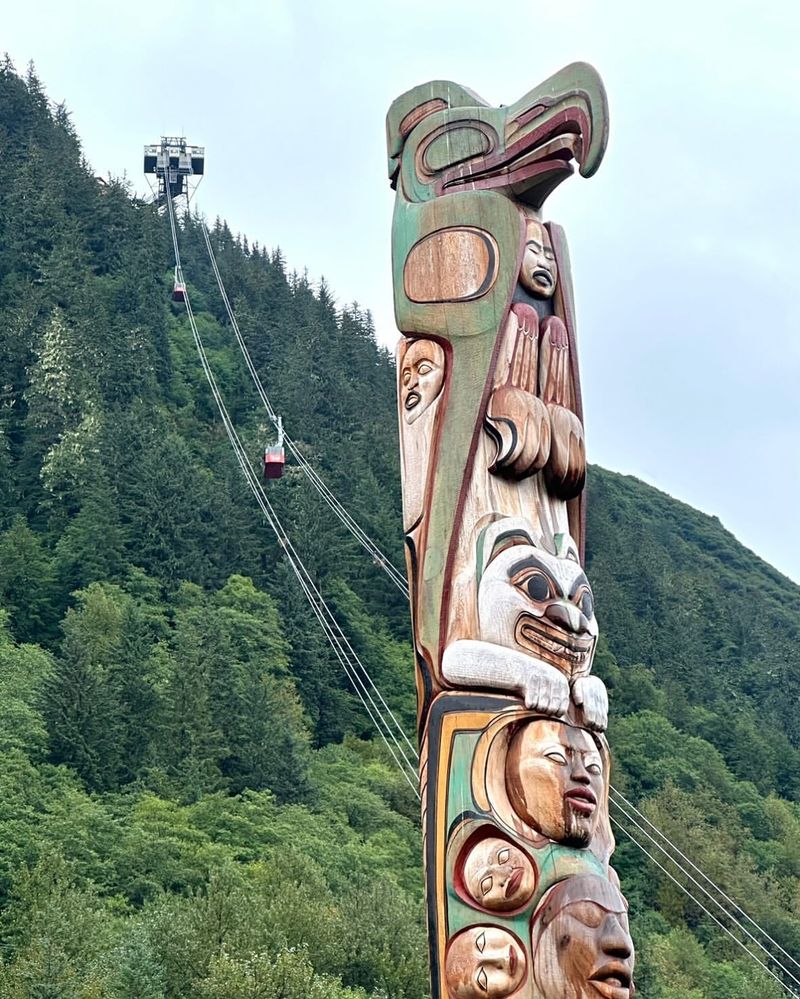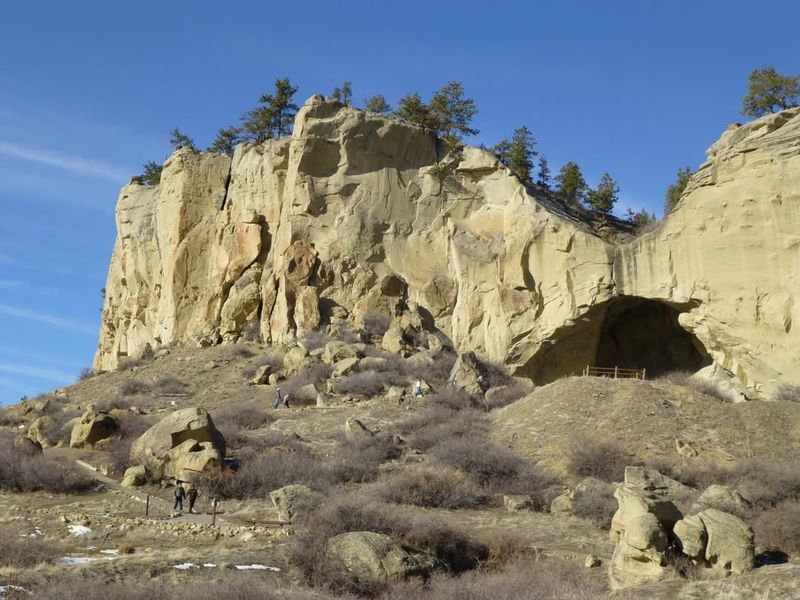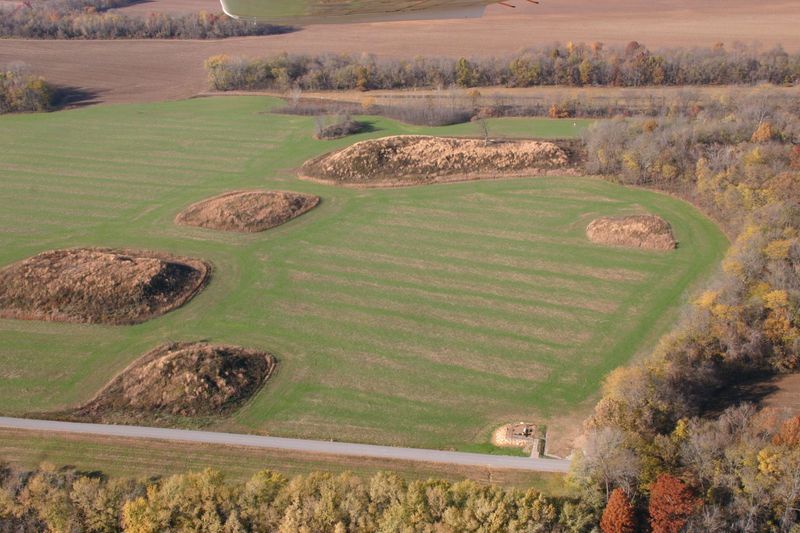Embark on a captivating journey through the rich tapestry of Native American architecture, a world where tradition meets creativity.
Often overshadowed by mainstream narratives, these hidden gems offer a glimpse into the cultural ingenuity and artistic expression of various tribes.
From the intricate cliff dwellings in the Southwest to the cedar plank houses of the Pacific Northwest, Native American structures are as diverse as the landscapes they inhabit.
Prepare to be amazed by 21 stunning examples of this architectural heritage, each with its unique story and charm.
1. Taos Pueblo, New Mexico
Marvel at Taos Pueblo, a UNESCO World Heritage Site, standing resiliently in New Mexico. This living community features multi-story adobe structures, each telling a rich cultural tale. Its iconic earthy tones blend naturally with the arid landscape.
Constructed over a millennium ago, these buildings showcase the ingenuity of the Taos tribe. The Pueblo remains a vibrant hub, where tradition and modernity coexist harmoniously. Visitors often find themselves enchanted by its timeless beauty and the warmth of its people.
2. Mesa Verde Cliff Dwellings, Colorado
Perched high in the cliffs of Colorado, the Mesa Verde Cliff Dwellings are a testament to the architectural prowess of the Ancestral Puebloans. These stone villages, carved directly into the rock face, offer a breathtaking view of human tenacity and skill.
Exploring these ancient homes, one can almost hear the echoes of a vibrant culture that once thrived here. The ingenious design provided both shelter and defense, showcasing a perfect harmony with nature. Today, they remain a captivating glimpse into a bygone era.
3. Canyon de Chelly, Arizona
Nestled within Arizona’s rugged terrain, Canyon de Chelly houses a wealth of ancient ruins and rock art. These remnants whisper stories of the Navajo and their ancestors, who thrived in this dramatic landscape.
The towering sandstone cliffs guard these secrets with a stoic beauty, while guided tours offer insights into a culture deeply connected to land and spirit. Each nook and cranny of the canyon holds a piece of history, a testament to the enduring legacy of its people.
4. Chaco Canyon, New Mexico
In the heart of New Mexico, Chaco Canyon stands as an archaeological marvel. This ancient hub of the Ancestral Puebloans is a maze of intricate stone structures, where the past seems only a breath away.
Its grand kivas and ceremonial complexes speak volumes of a society skilled in both architecture and astronomy. Wandering through its ruins, visitors are enveloped in a silent dialogue with history, where every stone tells a story of innovation and community.
5. Acoma Pueblo, New Mexico
Acoma Pueblo, often called “Sky City,” perches atop a mesa in New Mexico, offering breathtaking views and a rich cultural tapestry. As the oldest continuously inhabited settlement in North America, it boasts adobe structures that have stood the test of time.
This vibrant community is a living testament to the resilience and creativity of its people. Visitors are welcomed into a world where ancient traditions and modern life merge seamlessly, creating an unforgettable experience steeped in history and spirituality.
6. Longhouse, Pacific Northwest
Venture into the lush forests of the Pacific Northwest to discover the traditional longhouses of the coastal tribes. These massive wooden structures served as communal homes, reflecting the social and cultural fabric of their inhabitants.
Crafted from cedar, the longhouses were not only shelters but also spaces for storytelling and ceremonies. They stand as monuments to the resourcefulness and community spirit of the tribes, offering a warm reflection of a harmonious relationship with nature.
7. Pueblo Bonito, Chaco Canyon, New Mexico
Pueblo Bonito, the grandest of Chaco Canyon’s ruins, commands awe with its massive stone masonry and precise alignment. This architectural masterpiece once served as a cultural and ceremonial hub.
Its intricate design and layout reflect a sophisticated knowledge of astronomy and engineering. As an enduring symbol of Ancestral Puebloan society, Pueblo Bonito continues to intrigue and inspire those who explore its ancient corridors.
8. Monument Valley Hogan, Arizona
In the iconic landscapes of Monument Valley, the Hogan stands as a symbol of Navajo culture. These traditional homes, constructed from wooden poles and covered with earth, harmonize with their surroundings.
The Hogan is more than a dwelling; it embodies the spiritual beliefs and traditions of the Navajo. Visitors to this region gain insight into a way of life that respects and celebrates the natural world, creating a profound sense of connection and belonging.
9. Casa Rinconada, Chaco Canyon, New Mexico
Casa Rinconada, one of Chaco Canyon’s largest kivas, invites exploration and contemplation. This subterranean structure, with its impressive scale, served as a ceremonial center for the Ancestral Puebloans.
Its design reflects a deep understanding of celestial events, aligning with the sun’s movements. As visitors descend into its depths, they step into a sacred space where ancient rites and community gatherings once took place, feeling the echoes of a vibrant culture.
10. Wupatki National Monument, Arizona
Amidst Arizona’s arid landscape, Wupatki National Monument preserves a collection of ancient dwellings. These structures, built by the Sinagua people, offer a glimpse into a thriving community that once inhabited this harsh environment.
The monument’s striking red stone buildings capture the imagination, standing in stark contrast to the rugged surroundings. Visitors are drawn to explore the ruins, uncovering the stories and mysteries of a people whose resilience matched the unforgiving land.
11. Cahokia Mounds, Illinois
Cahokia Mounds, a UNESCO World Heritage Site in Illinois, stands as a testament to the ingenuity of the Mississippian culture. These massive earthen structures were once the epicenter of a bustling city.
The mounds reflect a society advanced in agriculture, trade, and engineering, with a complex social and political structure. Visitors are captivated by the sheer scale and mystery of Cahokia, as they ponder the rise and fall of this ancient civilization.
12. Serpent Mound, Ohio
Serpent Mound in Ohio winds its way through history as one of North America’s most intriguing earthworks. This ancient effigy mound, shaped like a snake, stretches over a quarter mile in length.
Its purpose remains a subject of debate, but it may have served ceremonial or astronomical functions. Visitors are drawn to its enigmatic beauty, walking the path of the mound as they marvel at the craftsmanship and mystery that have endured for centuries.
13. Effigy Mounds, Iowa
In the scenic landscapes of Iowa, Effigy Mounds National Monument offers a journey into the spiritual and cultural world of the Woodland tribes. These earthen mounds, shaped like animals, hold sacred significance.
Explorers can walk the trails, discovering the stories and beliefs that shaped these creations. The mounds stand as silent guardians of a rich heritage, inviting contemplation and respect for the cultures that once flourished here.
14. Ocmulgee Mounds, Georgia
In Georgia, the Ocmulgee Mounds provide a window into the ancient cultures of the Southeastern United States. These mounds, built by the Mississippian peoples, served as ceremonial centers and living spaces.
Visitors can explore the site’s reconstructed earth lodge, stepping back in time to experience the architectural and cultural achievements of its builders. The mounds stand as a tribute to a society that thrived in harmony with the land, offering insights into their complex world.
15. Bandelier National Monument, New Mexico
Bandelier National Monument in New Mexico captivates with its stunning cliff dwellings and petroglyphs. The ancient homes, carved into the soft volcanic rock, offer a glimpse into the lives of the Ancestral Puebloans.
Visitors can climb ladders to explore the alcoves, feeling the presence of a community that thrived in this rugged landscape. The monument’s natural beauty and historical significance create a profound connection to the past, inviting exploration and reflection.
16. Chimney Rock, Colorado
Chimney Rock in Colorado stands as a sentinel of history, with ancient structures at its base. The site, associated with the Ancestral Puebloans, offers a stunning panorama of the surrounding mountains.
Visitors can hike to the site, discovering the ruins that align with celestial events. Chimney Rock’s blend of natural beauty and archaeological significance creates a unique experience, where the past and present converge in a landscape of breathtaking grandeur.
17. Walnut Canyon, Arizona
In Arizona’s Walnut Canyon, ancient cliff dwellings beckon explorers to uncover their secrets. These homes, nestled within the canyon walls, reflect the ingenuity of the Sinagua people who once thrived here.
Visitors can hike the narrow trails, peering into the past as they explore the well-preserved ruins. The canyon’s natural beauty and historical significance offer a captivating journey into a world where nature and culture intertwine.
18. Hohokam Canal Systems, Arizona
The Hohokam canal systems in Arizona showcase an impressive feat of ancient engineering. These extensive irrigation networks transformed the arid desert into fertile farmland, supporting a thriving civilization.
Archaeologists marvel at the ingenuity and scale of these canals, which demonstrate a deep understanding of hydrology and agriculture. Visitors can explore the remnants of this complex system, gaining insight into the innovative spirit of the Hohokam people.
19. Totem Poles of Alaska
In Alaska, towering totem poles narrate the stories and beliefs of the Native tribes. These intricately carved wooden monuments serve as cultural touchstones, each symbol and figure laden with meaning.
Crafted from cedar, the totem poles stand proudly in coastal villages, where they continue to be central to community life. Visitors can witness these works of art in progress, as skilled carvers transform wood into vibrant expressions of identity and heritage.
20. Pictograph Cave, Montana
Montana’s Pictograph Cave offers a window into the artistic expressions of prehistoric cultures. The cave walls, adorned with ancient rock art, tell stories of hunts and spiritual beliefs.
Visitors can explore the site, marveling at the vivid imagery that has withstood the test of time. The cave’s serene setting and historical significance provide a unique opportunity to connect with the creativity and spirituality of its early inhabitants.
21. Kincaid Mounds, Illinois
The Kincaid Mounds in Illinois reveal the complexities of Mississippian society. These earthen mounds served as both ceremonial centers and platforms for elite residences.
Archaeologists uncover artifacts that shed light on the social and political structures of this advanced culture. Visitors to the site can envision the bustling community that once thrived here, gaining a deeper understanding of a society that left a lasting legacy on the landscape.

